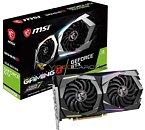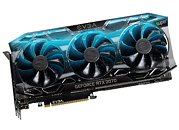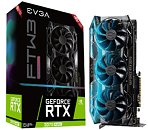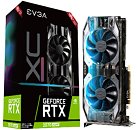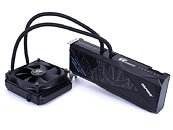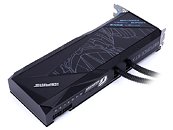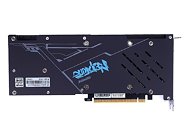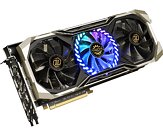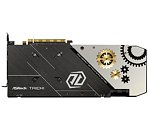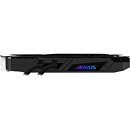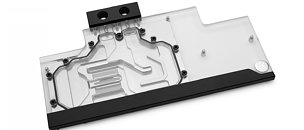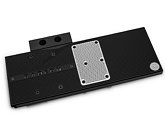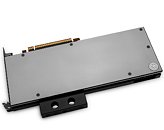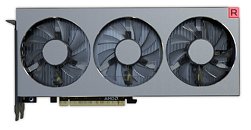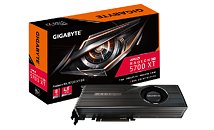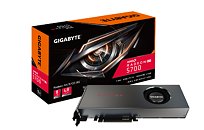
Inno3D Releases its GeForce GTX 16-series SUPER Graphics Cards
INNO3D, a leading manufacturer of pioneering high-end multimedia components and various innovations is excited to announce the new INNO3D GeForce GTX 1660 and 1650 SUPER. Continuing with the success of the RTX 2060 Twin X2 and RTX 2060 SUPER Twin X2 OC, our engineers decided it was only logical to launch the new GTX 16 SUPER series with the same excellent performing coolers while also adding the fan favourite Compact version to the 16 SUPER series. However, our engineers went one step further this time and developed the Twin X2 OC RGB! Read on…
Remember the efficiently designed cooler with two large 9 cm fans? Now picture that with a display of RGB lighting up the fins of the cooler complimenting your proudly built PC rig. The cooler not only looks great, it is super effective in cooling and means business as it delivers excellent performance for today's most popular games. The dual 9 cm fan has the best balance of noise and cooling performance for its size. The cooling system comprise of 3 heatpipes with aluminium extrusion and a large heatsink to disperse heat quickly and efficiently.
Remember the efficiently designed cooler with two large 9 cm fans? Now picture that with a display of RGB lighting up the fins of the cooler complimenting your proudly built PC rig. The cooler not only looks great, it is super effective in cooling and means business as it delivers excellent performance for today's most popular games. The dual 9 cm fan has the best balance of noise and cooling performance for its size. The cooling system comprise of 3 heatpipes with aluminium extrusion and a large heatsink to disperse heat quickly and efficiently.









